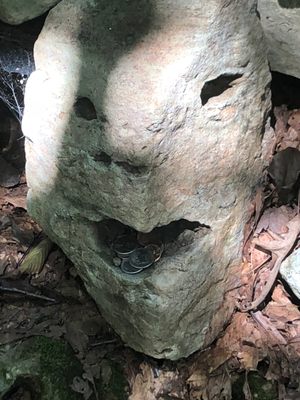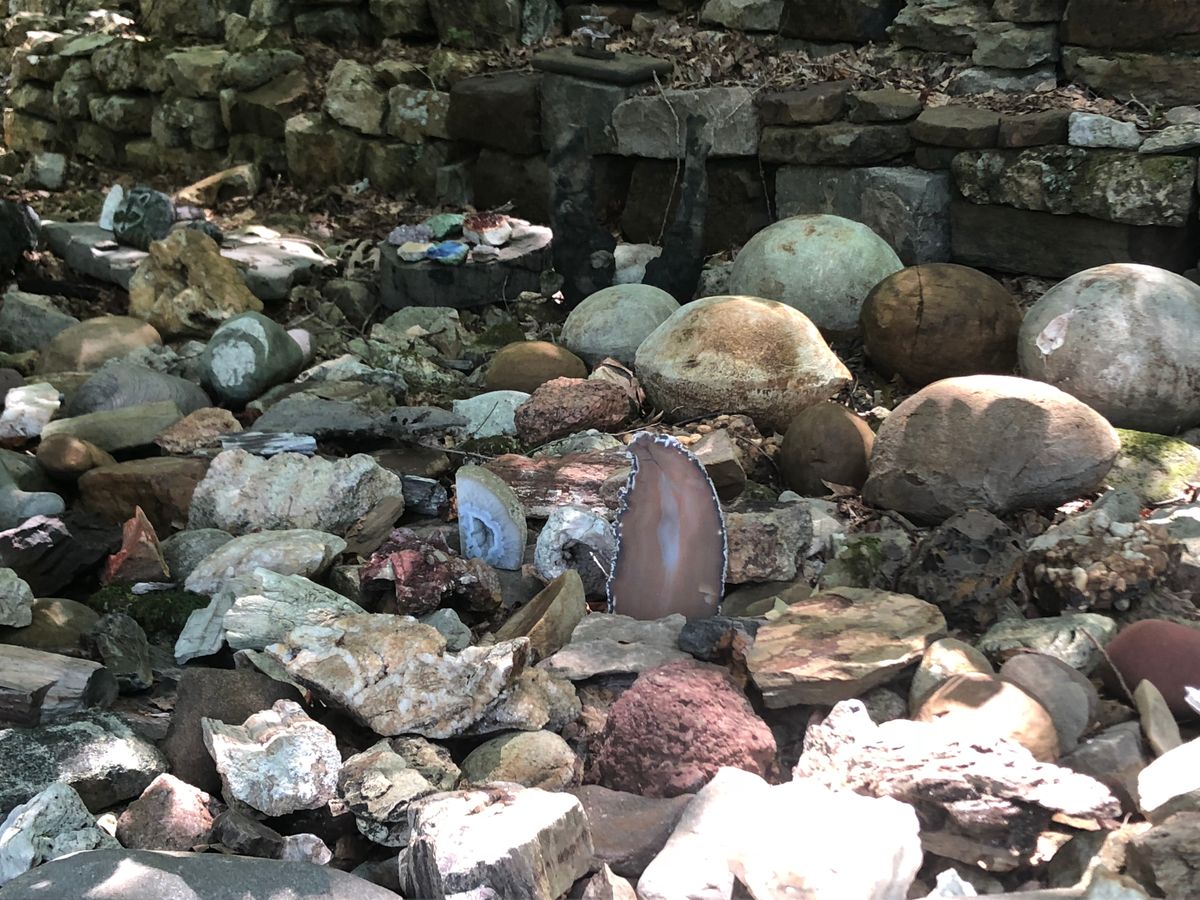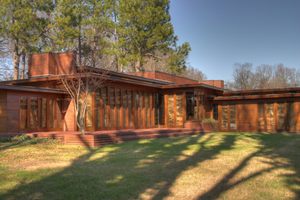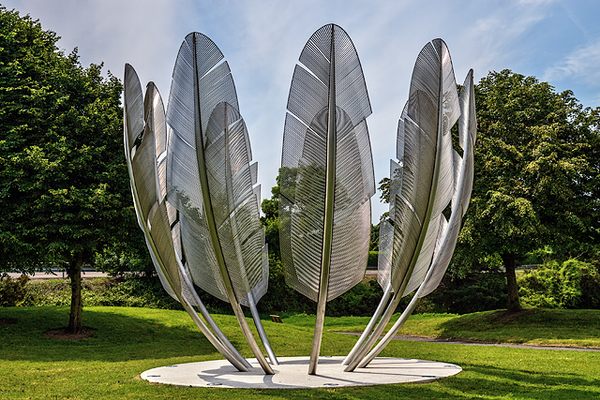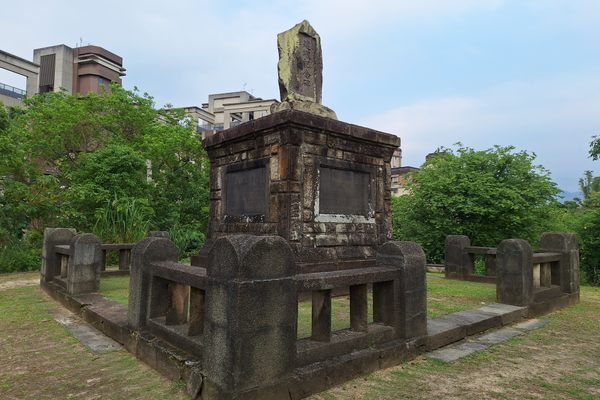About
A stone wall weaves through the forests near Florence, Alabama. It’s an impressive monument to one woman’s memory, built with love by a man dedicated to honoring his great-great-grandmother’s legendary journey back to her homeland after being forcibly removed during the Trail of Tears.
Wichahpi Commemorative Stone Wall, commonly referred to as “Te-Lah-Nay’s Wall,” is the largest unmortared wall in the United States. It has cemented its place in local history for both its stature and sentimental meaning.
Tom Hendrix spent over three decades building the wall in honor of his ancestor, a Yuchi woman named Te-Lah-Nay. In the early 19th century, Andrew Jackson made the Indian Removal Act the cornerstone of his presidency, even enforcing it in defiance of a Supreme Court ruling. The federal government used the act to force about 100,000 Native Americans to abandon their homes and move west of the Mississippi River. Te-Lah-Nay was kicked off her northern Alabama homeland and relocated to Oklahoma in the movement that would become known as the Trail of Tears.
When Te-Lah-Nay arrived out West, she found the rivers did not sing like the beloved Tennessee River she had been forced to leave behind. She left the reservation she had been sent to and began her five-year journey back to Alabama and the “Singing River.”
Hendrix's mile-long wall mimics Te-Lah-Nay’s walk home. It winds through the woods, rising and falling to reflect the ups and downs of her journey. He used over eight million pounds of materials to create the monument, and frequently joked that its construction “wore out three trucks, 22 wheelbarrows, 3,700 pairs of gloves, three dogs, and one old man.”
Hendrix never really advertised his creation, yet it still manages to the odd draw visitor from around the world. Those who do stumble upon the series of stones often leave a token from their own state or country behind. It’s a peaceful place, complete with a prayer circle where visitors are welcome to sit and reflect. Though Hendrix has since passed away, the wall still stands. Now, his own legacy is set in stone, intertwined with his great-great-grandmother's.
Related Tags
Know Before You Go
It's just a stone's throw from the Natchez Trace Parkway. The wall is on private property and can be visited with permission. You can also view it from the road.
Community Contributors
Added By
Published
November 2, 2017
Sources
- http://www.visitflorenceal.com/things_to_do/toms-wall/
- https://www.nytimes.com/2014/07/23/us/off-alabamas-beaten-path-tribute-to-a-native-americans-journey-home.html
- https://www.natcheztracetravel.com/natchez-trace-alabama/florence-tennessee-river/456-wichahpi-stone-wall.html
- https://deepfriedkudzu.com/2006/06/for-te-lah-nay.html/






